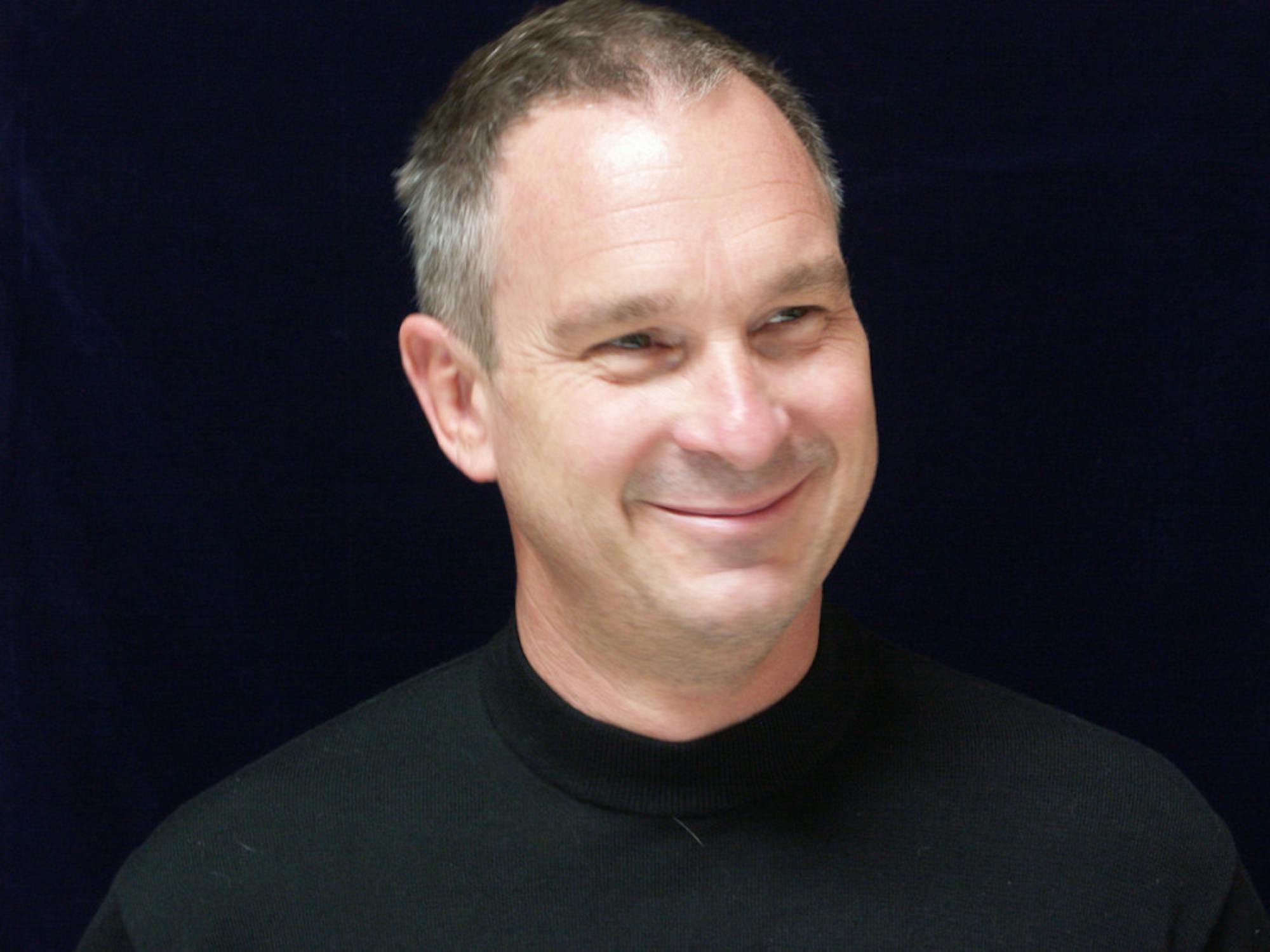The Mood Disorders Program at Tufts Medical Center (MC) will soon launch a full follow-up study to examine the effects of a new therapeutic treatment for bipolar disorder -- Bipolar IN Order -- after completing a pilot study last year.
The Bipolar IN Order treatment begins with an eight-week online course composed of weekly homework assignments and a video chat, according to Nassir Ghaemi, professor of psychiatry and pharmacology at Tufts MC, director of the Mood Disorders Program and a principal investigator for the pilot study.
“At the end of the eight weeks, there is one-year's worth of weekly live [online] meetings where [the treatment participants] could be sharing their questions and answers … but they also have live weekly support group meetings,” Tom Wootton, who formulated the idea for the new treatment, explained.
The original pilot study showed some positive effects in managing symptoms of bipolar disorder for the 30 participants surveyed in the program, according to Ghaemi. The new study will survey 750 participants.
“Basically what we found was that there was improvement, but mainly the improvement was in physical quality of life as well as in relationships -- [the] social quality of life,” he said.
Wootton explained that the idea for Bipolar IN Order came from his own experiences with treatment for the disorder after having had symptoms of bipolar disorder since he was nine years old.
“When I got diagnosed [with bipolar disorder], I was told … I would need to stop pursuing highly stressful work, because it wasn’t possible to do,” he said. “It’s like, you’re ill, you have to start living a different life, and I found that unacceptable. I wasn’t just going to retire from the world."
Wootton said that he found that treatment for his bipolar disorder lacked what he needed to function "normally."
“'In order' means I know what the right thing to do for a different circumstance is and I’m capable of doing it,” he said. “'Disorder' says I know the right thing to do … but I can’t do that … and out of control is I don’t even know the right thing to do.”
Each week of the program focuses on different subjects and tools, according to Wootton. The third lesson of the eight week-long program, for example, teaches participants to be aware of three possible mental states: within a comfort zone, slightly outside the comfort zone and way outside the comfort zone. Participants can learn to recognize which comfort state they are in, Wootton added.
“If you don’t challenge your comfort zone and you don’t step a little bit outside of it, you don’t grow,” he said.
Wootton noted that participants should recognize that the eight-week treatment is a beginning and not a cure-all. The goal of the Bipolar IN Order treatment is learning the advantages of bipolar symptoms, he noted.
“That’s the goal … you have the ability to access these states that no one else was born with the innate ability to access, and you have the ability to turn them on and off at will because you understand them that deeply,” Wootton said. “If you could do that, would you say bipolar is a disease or a disorder, or would you say it was a gift?”
Wootton added that this ability to manage bipolar symptoms takes effort, and for those who have not accomplished it, bipolar symptoms can be a disabling disorder.
Although he had not heard of Wootton’s treatment method, Professor of Psychology David Harder said he believes it could be of use in the therapy given to people suffering from bipolar disorder.
“If I’m understanding [Bipolar IN Order’s techniques] properly, they have been useful,” he said. “Often when people get very anxious or very upset or carried away by their manic states, then there’s still enough presence of mind to think of prepared coping strategies to [deal with the symptoms]. It might be something as simple as getting to an emergency room and getting yourself hospitalized.”
Ghaemi said he is now in the process of applying for a grant from the National Institutes of Health in order to allow for further research on the Bipolar IN Order treatment. He added that although he is hopeful, he is not sure whether he will receive such funding.
“The odds are somewhat worse when someone is doing research that is very new,” Ghaemi said.
The follow-up study will soon be launched at Tufts MC to explore additional means to measure the outcomes produced by the Bipolar IN Order treatment, according to Wootton.
However, he emphasized that he intends to carry out much more extensive research in the future.
“We are looking for funding to be able to [research Bipolar IN Order] properly,” Wootton said. “What I’m trying to do is appeal to science and say, ‘Let’s study this, let’s see if we can reproduce it.’ But at the same time [I am] telling science, ‘If you insist that what I’m doing is not possible, then you’re not even scientists. Because we’re already doing it.'”
Tufts MC to conduct follow-up study on bipolar disorder

Tom Wootton has formulated the new Bipolar IN Order treatment designed for patients to learn the advantages of bipolar symptoms.





